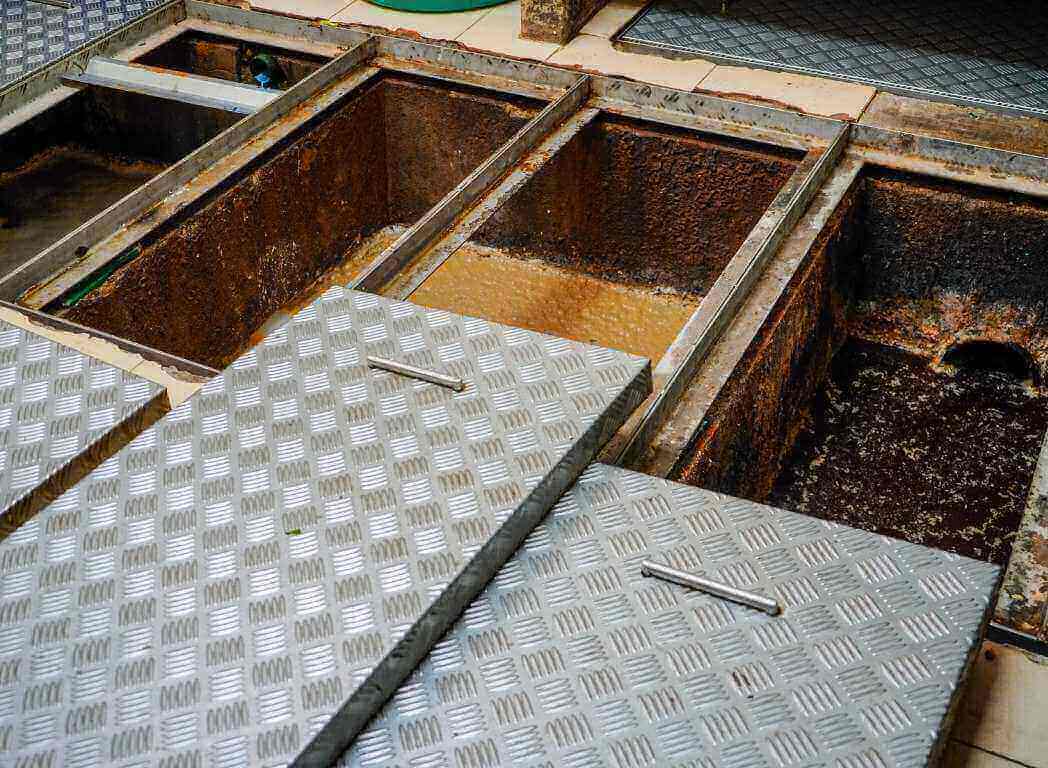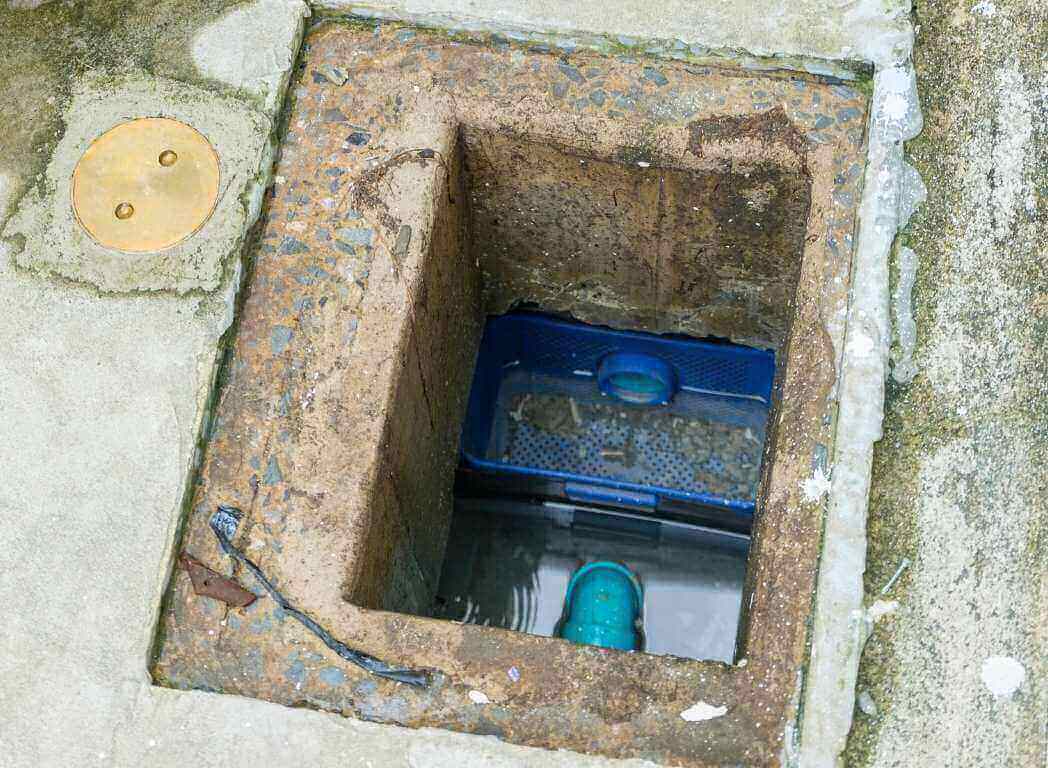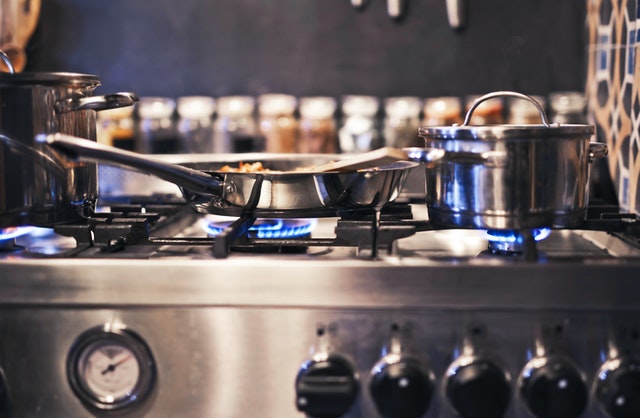Grease could cause a serious problem for your kitchen if not disposed of well. If you throw grease into your kitchen sink, it can lead to clogged pipes and sewer lines, as well as cause sanitary sewer overflow.
Luckily, there is a solution to such problems: a grease trap.
A grease trap is a must-have in any food establishment.
In this post, we are going over how to know when it is time to replace your grease trap.
What is a Grease Trap and How Does it Function?
Did you know that grease traps have been in existence since the Victorian days? That’s over a 100 years! And over the years, they have become better and better thanks to improved technology.
A grease trap is a plumbing device used to intercept grease going down the drain. This is helpful in preventing blockages and spills.
Naturally, grease doesn’t mix with water. Instead, grease floats on top of water. As kitchen water flows through the grease trap, grease is trapped in the baffle system. The baffle assists in trapping grease on the walls of the tank by slowing and regulating flow of water.

The size of grease traps varies depending on the food waste produced. Fast food restaurants, for example, require a larger grease trap in order to improve efficiency.
That said, it’s important to note that simply having a grease trap in your food establishment isn’t enough. You must also regularly clean and maintain your grease trap. You can empty the tanks manually or involve specialized equipment if you have a larger one.
Regular cleaning and maintenance of a grease trap not only prevents it from getting damaged, but it also reduces repair costs.
A grease trap can be one of the best decisions you can make for your restaurant kitchen. But just like everything else, before spending any money, make sure you have conducted due diligence.
Before buying a grease trap, here is what you should consider:
- The technical design and specifications
- How often you’ll need to clean and maintain it
- The availability of replacement parts
- Its cost

When Should you Replace your Grease Trap?
Proper maintenance of a grease trap is key to the smooth running of your kitchen. If you neglect your grease trap, it can end up being costly.
So, when exactly should you replace your grease trap?
The following are the telltale signs that you need to replace your kitchen’s grease trap:
- Clogged Pipes. When a grease trap becomes excessively full, grease will start spilling out of the primary compartment and onto the secondary one. Eventually, this will lead to clogged pipes, which will restrict the normal flow of wastewater through the system.
- Foul Odors. Often, the odor from a grease trap comes from food particles or other organic solids that have settled at the bottom of the tank. The decomposing food particles emit sulphuric gases which are responsible for the foul smell inside the tank.
- Holes. Over a long period of time, the decomposed food in the device releases sulphuric acid. This is a very strong acid that ‘eats away’ the metal walls of the grease trap and creates holes.

- Metal Grease Traps. Older designs of grease traps were made of metal. Metal grease traps only last about 7 years. After 7 years, they need replacement. So, if you have a metal grease trap and it has outlived its useful life, have it replaced immediately. New models are made of plastic, which is resistant to both corrosion and rust.
- Frequent Need for Pumping. Have you noticed that your grease trap requires frequent pumping? Or, have you noticed that it’s becoming less and less effective? Either way, this can mean a damaged grease trap. Normally, a properly functioning grease trap should be cleaned anywhere between one and three months depending on the usage.
- Leakage. This is one of the worst things that can happen to your grease trap. This can lead to fats, oils, and greases (FOG) combining with solid wastes filling up in the trap. In such a case, you’ll need to pump the grease trap or have it replaced. If not, you may get fined or served with a lawsuit.
- Continuous Overflows. If your grease trap is overflowing continuously, it means that something isn't right. Have a professional check it to diagnose the source of the problem.
- Poor Maintenance. Your grease trap will only work as it should if it’s cared for and well-maintained. If it gets overly dirty, problems can arise which can require repairs or even a total replacement.
If you recognize any of the above issues, have a professional inspect your kitchen’s grease trap. This will help you understand the source of the problem and whether or not it’ll need to be replaced.

Let Us Help
We hope this article was helpful and that you know more about how grease traps work and when they need to be replaced.
If you need any help with your grease trap, hire Greasecycle. We are devoted to providing your restaurant with thorough and dependable grease trap cleaning services and used oil disposal in North Carolina.
You can get in touch with us by calling 919-817-6792 or by sending us an email at drew@grease-cycle.com.